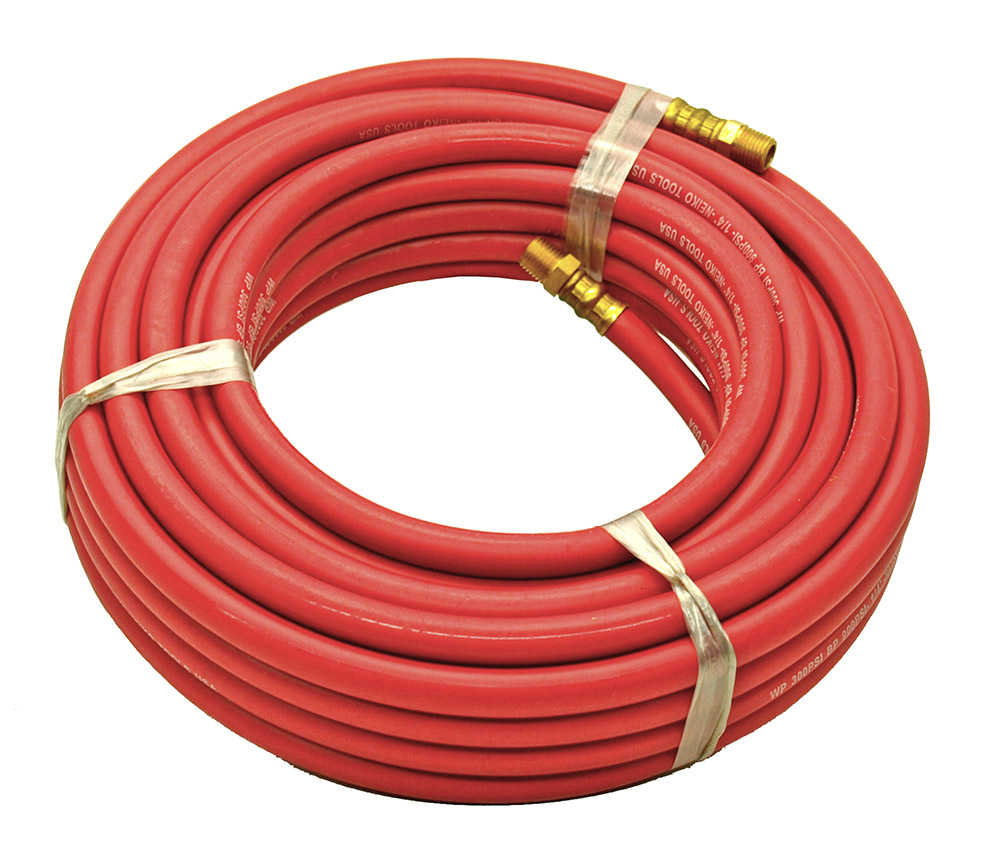Choosing the Right Hoses for Oxygen and Acetylene Welding Applications
Understanding Oxygen and Acetylene Hoses A Guide for Safe Cutting and Welding
In the world of welding and cutting, the choice of equipment and materials is critical for ensuring safety and efficiency. Among the essential components used in oxy-fuel cutting and welding applications, oxygen and acetylene hoses play a pivotal role. Understanding these hoses—their construction, uses, and safety protocols—is vital for anyone involved in metalworking.
What Are Oxygen and Acetylene Hoses?
Oxygen and acetylene hoses are specifically designed to transport oxygen and acetylene gas, respectively, from cylinders to the torch where these gases are mixed and ignited for cutting or welding metals. These hoses are distinct not only in their color coding but also in their materials and safety features. Typically, oxygen hoses are colored green, while acetylene hoses are red. This color differentiation is crucial in preventing confusion and ensuring that the correct gas is used in applications.
Construction and Materials
Both types of hoses are engineered to withstand high pressures and temperatures associated with oxy-fuel processes. They are usually made of rubber or synthetic materials reinforced with woven fibers or braided steel to enhance strength and flexibility. The inner linings are designed to prevent gas leakage, which is a significant hazard in welding environments. It's essential that these hoses are inspected regularly for wear, cracks, or leaks, as compromised hoses can lead to dangerous situations, including fires or explosions.
Applications in Welding and Cutting
Oxygen and acetylene hoses are primarily used in oxy-acetylene welding and cutting, a process where the remarkable heat generated by burning acetylene in oxygen can reach temperatures over 3,000 degrees Celsius (5,400 degrees Fahrenheit). This intense heat is essential for welding metals like steel or cutting through thick materials with precision. The versatility of this method makes it a favorite among welders for various applications, including metal fabrication, repairs, and artistic endeavors.
Safety Considerations
oxygen & acetylene hose

Safety is paramount in any welding operation involving oxygen and acetylene. Here are some key safety tips
1. Proper Storage Store gas cylinders in an upright position and secure them to prevent tipping. Keep them in well-ventilated areas away from flammable materials.
2. Regular Inspections Routine checks should be carried out on hoses and equipment for any signs of deterioration, such as cracks, fraying, or leaks. Use a soap solution to test for leaks by applying it to the hoses and connections; bubbles will form if there is a leak.
3. Color Recognition Adhere strictly to the color-coding system. Never interchange hoses, as using the wrong type can lead to catastrophic results.
4. Flame Control Always adjust the flame to a neutral state before starting work. This is the ideal combustion for welding, ensuring a balanced mix of oxygen and acetylene, which enhances efficiency and safety.
5. Protective Equipment Wearing appropriate personal protective equipment (PPE), such as gloves, goggles, and flame-resistant clothing, is essential to protect against heat, sparks, and potential explosions.
Conclusion
In summary, oxygen and acetylene hoses are fundamental components of oxy-fuel cutting and welding procedures. Understanding their specifications, applications, and safety measures is crucial for anyone in the metalworking field. Prioritizing safety and adhering to best practices when using these hoses not only enhances operational efficiency but also protects the well-being of all personnel involved. As technology evolves, staying informed about advancements in hose materials and designs will further bolster safety and effectiveness in welding and cutting operations.
-
Welded Wire Mesh Panel: Durable, Versatile, and AffordableNewsJul.28,2025
-
Top Quality Oxy Acetylene Hoses for Sale Fit for Welding DemandsNewsJul.28,2025
-
The Future of Pneumatic Air Tubes in IndustryNewsJul.28,2025
-
Superior and Reliable LPG Hose Pipe Solutions for Every NeedNewsJul.28,2025
-
Exceptionally Durable and Versatile Premium Braided PVC TubingNewsJul.28,2025
-
Best Adapters for Connecting Garden Hose to PVC Pipe ConnectionsNewsJul.28,2025














